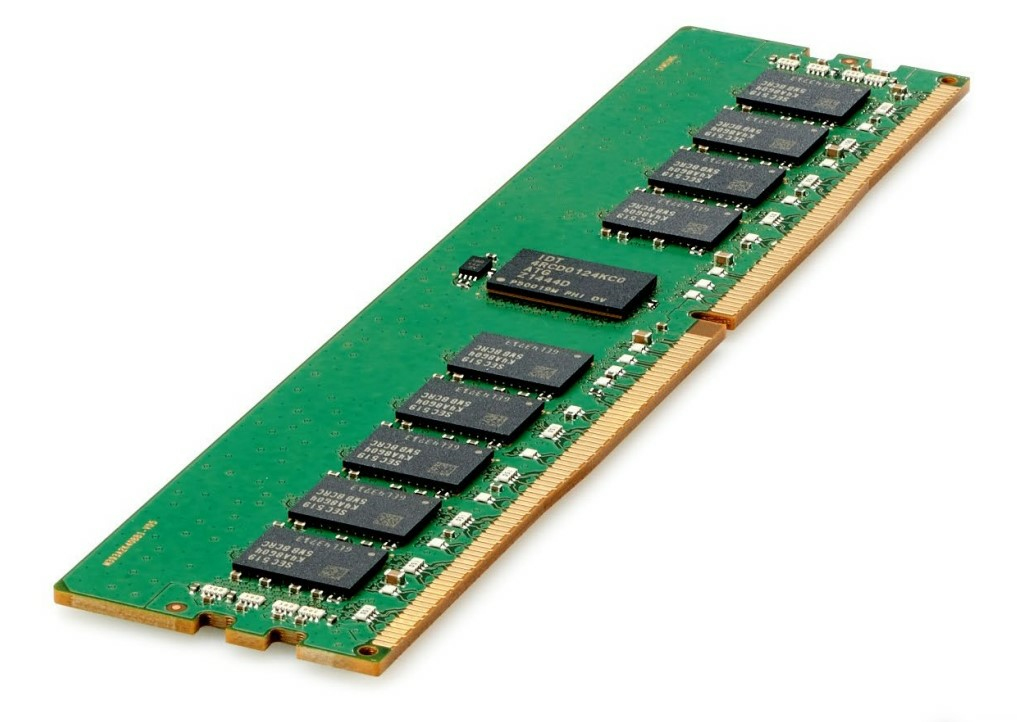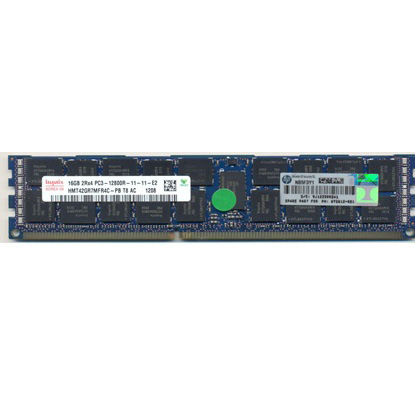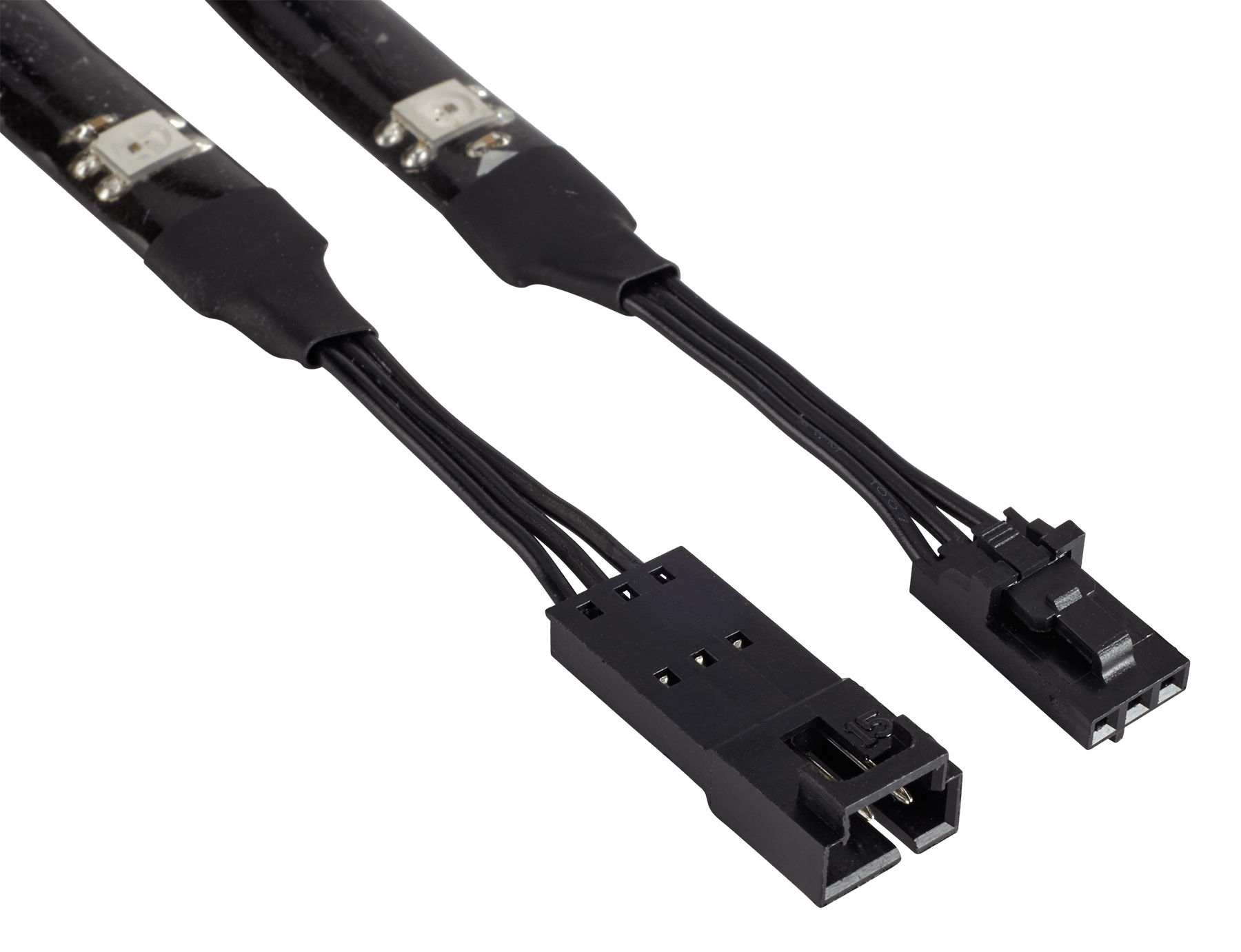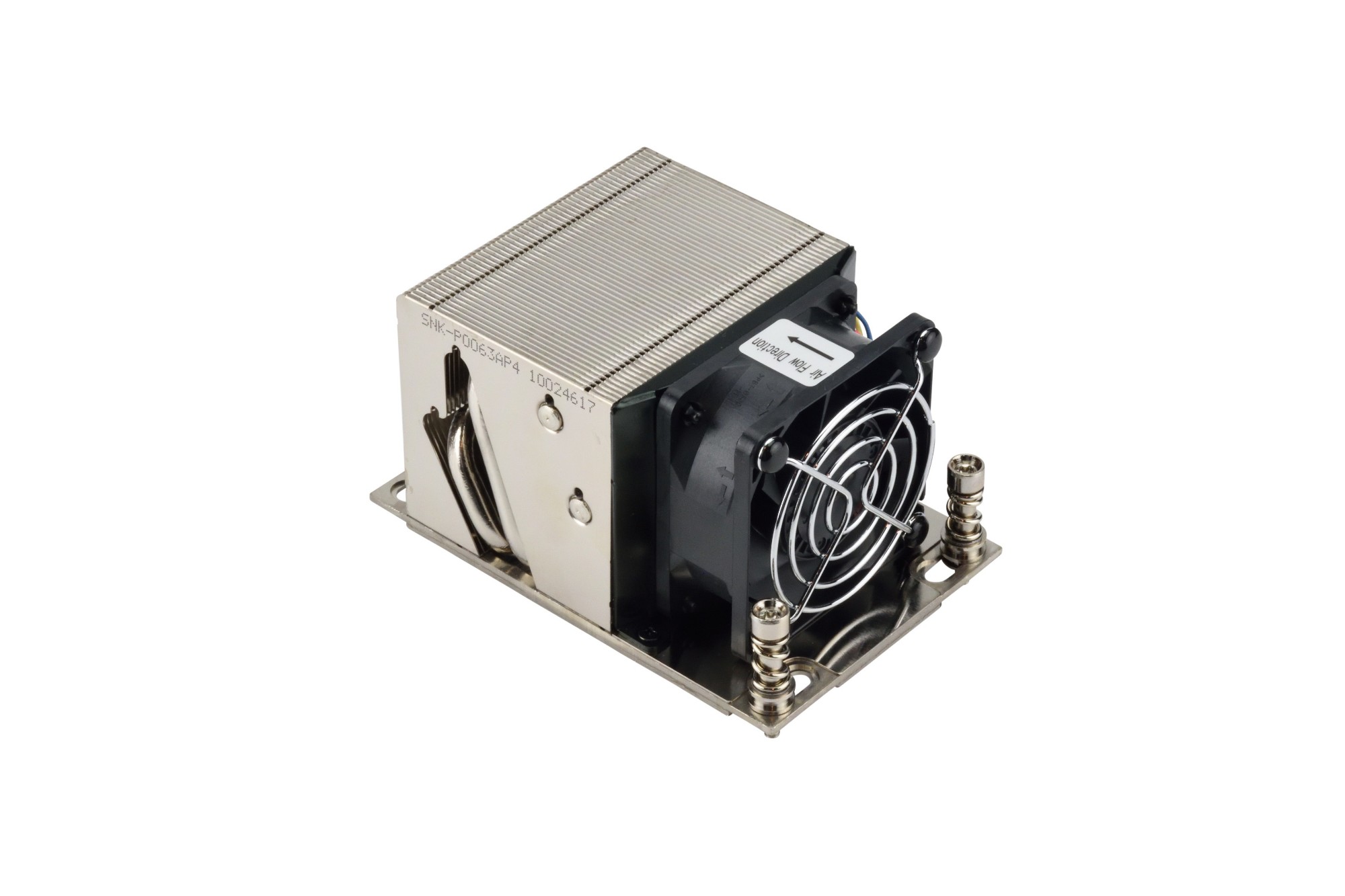Computer Components
4090 –
4100
of
4773
Availability
Sort by
Advance Filters
HPE
HPE 805351-B21 HPE 805351-B21 memory module 32 GB 1 x 32 GB DDR4 2400 MHz
Part# 805351-B21
SKU S19454
HPE
HPE 819414-001 HPE 32GB (1x32GB) Dual Rank x4 DDR4-2400 CAS-17-17-17 Load-reduced memory module 2400 MHz
When you choose HPE DDR4 SmartMemory, you get great performance, reliability, and efficiency that provides the compatibility, capacity and bandwidth you need to productively manage your expanding workload with the HPE ProLiant Gen9 server, Apollo Family, Synergy and Blade Systems. The quality and reliability of DRAM are more important now than ever, as data center trends such as server virtualization, cloud computing, the use of large database applications, have all increased the need for higher capacity memory with greater uptime.HPE SmartMemory goes through rigorous qualification and testing processes that unlock extended memory performance features available only with Hewlett Packard Enterprise Gen9 servers. This extensive testing ensures that HPE server memory is completely compatible with and optimized for HPE servers.
Part# 819414-001
SKU S19454
HPE
HPE 684031-001 Hewlett Packard Enterprise 684031-001 memory module 16 GB 1 x 16 GB DDR3 1600 MHz ECC
16GB, PC3-12800R-11, Dual-Rank Dual In-Line Memory Module (DIMM)
Part# 684031-001
SKU S19454
Corsair
Corsair CL-8930002 Corsair CL-8930002 computer case part LED strip
A Symphony of ColorThe CORSAIR RGB LED Lighting PRO Expansion Kit provides individually addressable RGB LED lighting strips for stunning lighting effects and vivid PC illumination.Minimal InstallationFour included magnet-backed lighting strips, with ten RGB LEDs per strip, make it easy to bring RGB lighting to your PC in minutes.Total RGB ControlCombine with the CORSAIR Lighting Node PRO or Commander PRO and CORSAIR LINK software for full control over your case lighting right from your desktop.*Requires Lighting Node PRO or Commander PRO.
Part# CL-8930002
SKU S19454
Corsair
Corsair CO-9050073-WW Corsair LL140 RGB Computer case Fan 14 cm
Let Your Lights Do The TalkingMade for those seeking excellent airflow, quiet operation, and powerful lighting, the CORSAIR LL140 RGB fan puts your PC back in the loop.Create a Symphony of ColorThe CORSAIR LL140 RGB LED PWM fan boasts 16 independent RGB LEDs across two separate light loops to create vibrant lighting and visual effects.Two RGB Light Loops16 Independent RGB LEDs in every fan, split between two separate light loops, allow for nearly endless customization.Expansion KitThis product is intended as an expansion of the LL140 RGB LED 2 fan kit with Lighting Node PRO. The RGB functionality of this product requires an RGB Lighting hub and Lighting Node PRO.Complete PWM ControlDynamically control fan speed from 600 RPM to 1,300 RPM to minimize noise or maximize airflow.Created for Quiet140mm Fan blade engineered for low-noise operation without sacrificing performance.Complete Cooling ControlUsing an optimized 140mm fan blade and PWM control, set the speed of the fan anywhere from 600 RPM to 1,300 RPM for precise noise and airflow adjustment.
Part# CO-9050073-WW
SKU S19454
Supermicro
Supermicro SNK-P0063AP4 Supermicro SNK-P0063AP4 computer cooling system Processor Air cooler Grey
Part# SNK-P0063AP4
SKU S19454
HP
HP B4U35AT HP 2GB PC3-12800 (DDR3 1600 MHz) DIMM memory module 1 x 2 GB
Maximize your business PC performance with HP Memory. Upgrading your memory is a cost-effective way to boost your system performance without having to upgrade your processor.- Dual channel configuration - HP Desktops feature motherboards designed with two memory channels instead of a single channel.- Reduce system latencies and significantly improve your system performance with dual channel memory configurations* by utilizing the theoretical bandwidth of two memory modules instead of one.- Expect fast start-up times with reduced delays during routine operations and system maintenance functions. Meet everyday workloads head on, and run more programs simultaneously. Easily toggle back and forth between several open applications with noticeable speed.- Your performance is our business. Each HP Memory model undergoes a rigorous supplier qualification processes for ensured quality and reliability in a variety of networked environments.- Dual Channel memory configuration requires the population of symmetric memory in each of the two memory channels (i.e. 2x256).
Part# B4U35AT
SKU S19454
HP
HP B4U35AA HP 2GB PC3-12800 (DDR3 1600 MHz) DIMM memory module 1 x 2 GB
Maximize your business PC performance with HP Memory. Upgrading your memory is a cost-effective way to boost your system performance without having to upgrade your processor.- Dual channel configuration - HP Desktops feature motherboards designed with two memory channels instead of a single channel.- Reduce system latencies and significantly improve your system performance with dual channel memory configurations* by utilizing the theoretical bandwidth of two memory modules instead of one.- Expect fast start-up times with reduced delays during routine operations and system maintenance functions. Meet everyday workloads head on, and run more programs simultaneously. Easily toggle back and forth between several open applications with noticeable speed.- Your performance is our business. Each HP Memory model undergoes a rigorous supplier qualification processes for ensured quality and reliability in a variety of networked environments.- Dual Channel memory configuration requires the population of symmetric memory in each of the two memory channels (i.e. 2x256).
Part# B4U35AA
SKU S19454
Get a Quote

Item(s) added to cart

©2025 IT VISION NETWORKS CANADA INC – All Rights Reserved. BN: 717291223 OCN: 1001150813

 0
0












